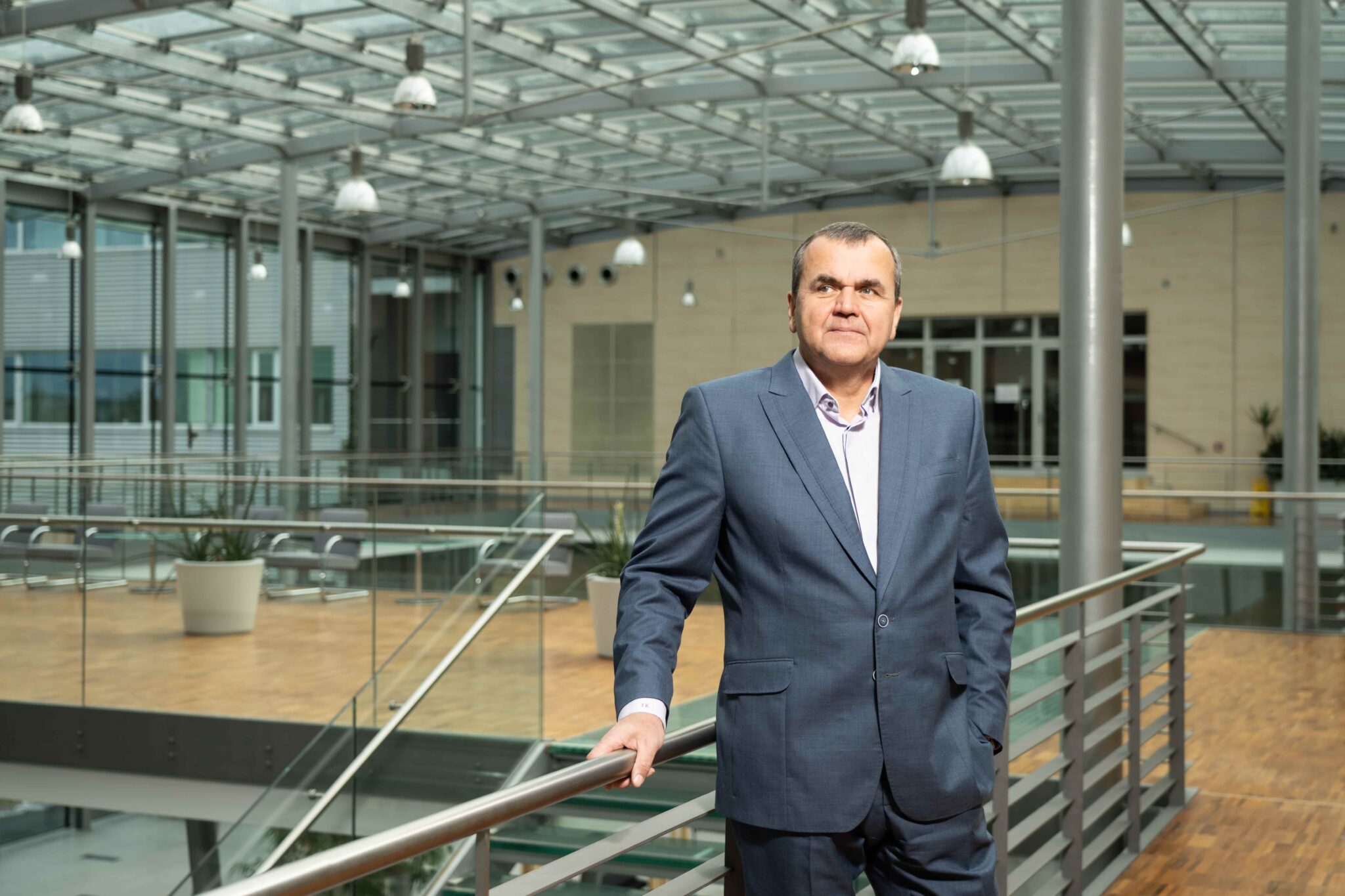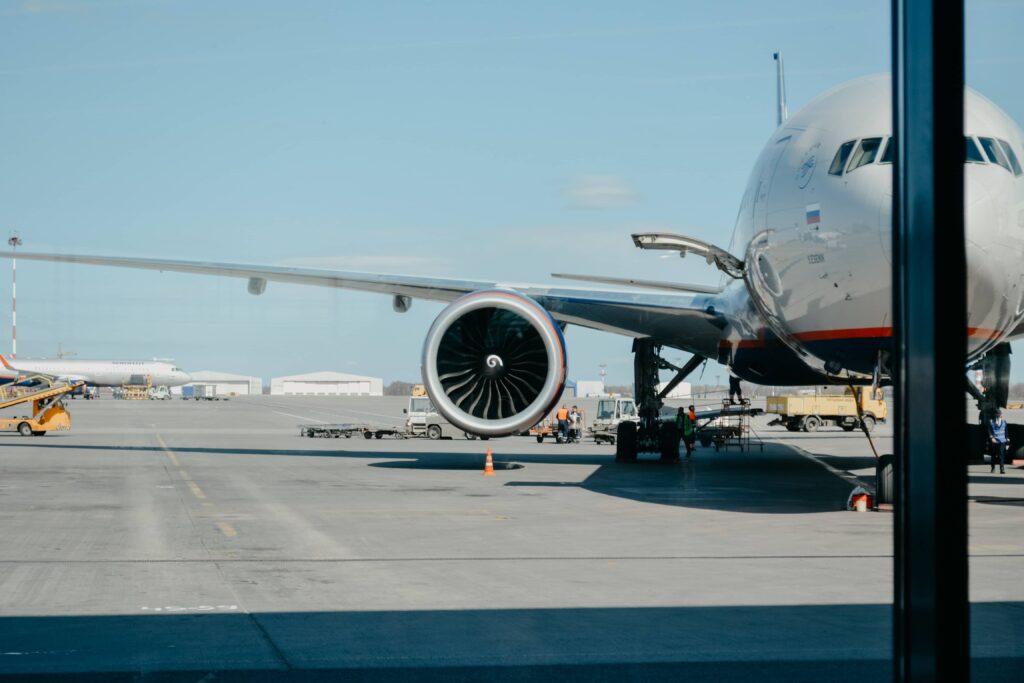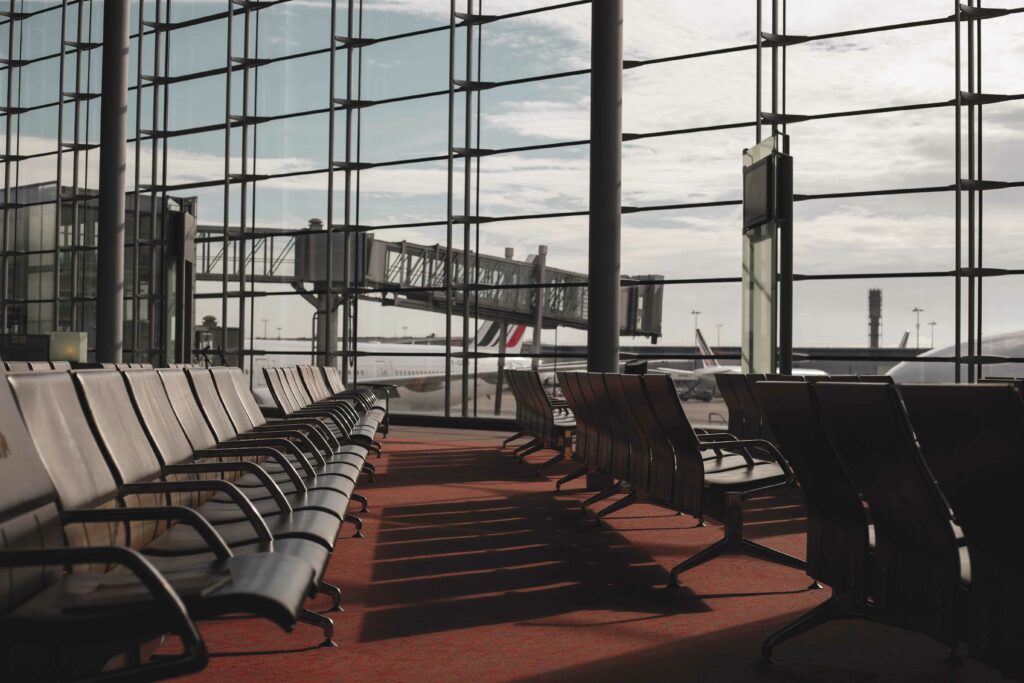ATM regulations and financing – we need a vision first
"Modes of regulation are always built on a system of financing the industry and its stakeholders. Without a clear, simple and effective financing system, the existing technical and operational visions cannot be materialised or will be implemented in the least efficient and most expensive manner. Unfortunately, this is what is currently happening" writes Jan Klas, Director General of Air Navigation Services of the Czech Republic, in this new opinion piece, where he reflects on the discussions of the 19th Florence Air Forum.
This article by Jan Klas, Director General of Air Navigation Services of the Czech Republic, originally appeared in the European Transport Regulation Observer “Financing Air Traffic Management: Is there a need for a new approach?” (July, 2023).
The 19th Florence Air Forum aimed to answer four crucial questions related to current ATM. There were numerous answers from different points of view. I will focus my comments on one view, which was both explicitly and implicitly articulated during the forum and which fully or partly touches on all four questions:
ATM should now focus on a short- and medium-term increase in efficiency and minimisation of charges paid by users of ATM services.
I can understand the focus on this approach by all the industries represented at the forum, but I cannot agree with the approach without putting it in an appropriate context. The thesis is not new and its origin was not revealed at the forum. We may read it in different contexts as in many previous discussions. Its visibility is most significant in current legislative processes related to ATM, namely in discussions on SES+.
The Single European Sky, which was originally a real vision calling for a thorough transformation of a very fragmented European airspace into a seamless efficient system, is now broken into a random and inconsistent sequence of steps stemming from pressure from various interested parties. The lack of progress is obvious and the traditional formula (well-known both in the ATM and in the EU environments) is being applied of just renaming the vision rather than implementing or re-defining it. Accordingly, we could have heard new headlines such as digital or green sky. But digital is just a tool and green sky cannot be realistically achieved without going back to the roots and implementing a real single sky.
In these discussions, which are similar to what we could see during the forum, there are two significant lobbying groups:
– Airspace users, who would like to see the system modified so that it minimises costs and maximises the inflow of taxpayer’s money (both via Single European Skye ATM Research and via direct national subsidies).
– Air navigation service providers, which do not have a unified vision of the future of ATM financing, many of whom support significant structural changes in ATM financing to enable liberalisation of ATM (while for those who receive some state financial support it is not an appealing idea or they just simply appreciate the status quo).
We can see that these two approaches represent the short term on the one hand (a view focussed on the current profit and loss situation) and the long term on the other hand (those in favour of increasing the capacity of the system). The views reflect particular interests in each of the two groups and their preferences. Both are perfectly understandable.
What is missing from the discussion is a third point of view. It is the role of a regulator to harmonise the two approaches. Let me expand on this particular role. The role of regulation and a regulator, which I completely miss in SES II + and in all other discussion on the topic, is to formulate and promote a long-term vision of a regulated industry, in this case ATM. A long-term vision is what should be behind the aforementioned initial theory. The crucial element in this vision is the mode of ATM regulation. It can be either a regulated business environment or a centrally controlled system. I prefer the former, but both are possible. What is not viable is the current situation in which the regulator attempts to merge elements of both modes.
Modes of regulation are always built on a system of financing the industry and its stakeholders. Without a clear, simple and effective financing system, the existing technical and operational visions cannot be materialised or will be implemented in the least efficient and most expensive manner. Unfortunately, this is what is currently happening.
Without a major change in the ATM financing system, we will continue to face an increase in chronic issues in this industry:
– A lack of long-term balance of (supply and demand for) capacity over time and in different regions;
– Volatile and unpredictable charges for ATM services.
And we will face new issues:
– A non-systematic blending of user-pay principles with random allocation of subsidies from national budgets;
– Money from European taxpayers will support airlines from other parts of the globe.
What should I expect from a change in ATM financing that can support long-term balanced development of European ATM and its stakeholders?
– ANSPs should be paid for the product they are required to deliver: capacity. The system should vary its infrastructure (capacity) and services – as is the case in other industries. ANSPs are infrastructure agents and they should be paid for the capacity they actually deliver – which they are required to provide. Actual services should then be charged by a capacity broker and the pricing scheme may be different from that for capacity.
– The system should enable ANSPs which do not deliver to be forced to leave the market in favour of those who do deliver.
– Another means of financing, which complements the user-pays principle, must be limited to crisis situations and must be applied consistently across the network.






